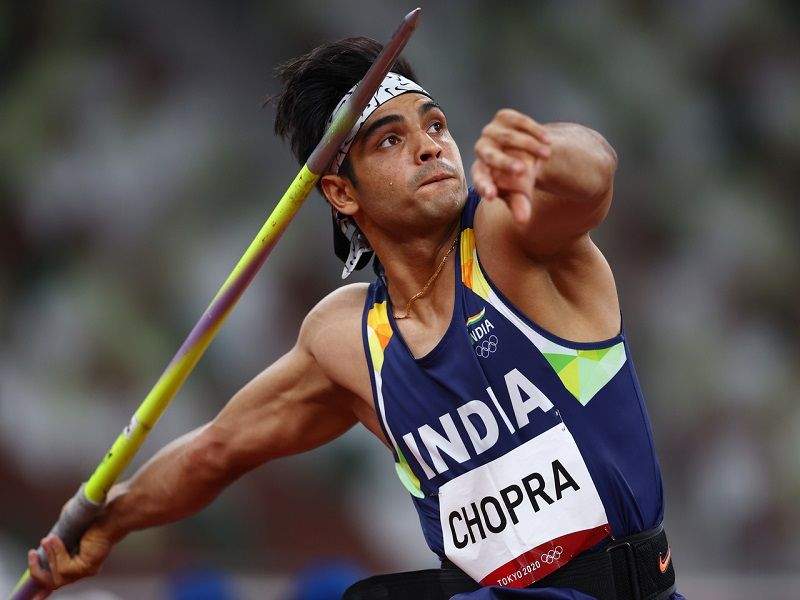The Men’s Javelin Final

The men’s javelin final is a captivating display of athleticism and precision, showcasing the pinnacle of human strength and skill. It’s a competition that has evolved significantly over the years, with athletes constantly pushing the boundaries of what’s possible.
Historical Significance, Men’s javelin final
The javelin throw, an ancient practice dating back to prehistoric times, has a rich history intertwined with warfare and hunting. Its inclusion in the modern Olympic Games in 1906 solidified its place as a fundamental track and field event. The javelin throw has evolved from a simple hunting tool to a complex technical sport, requiring both power and finesse.
Evolution of Techniques
The javelin throwing techniques have undergone significant transformations over time. Early techniques involved a sidearm throw, similar to a baseball pitch. However, the development of the “overhand” technique, where the athlete throws the javelin over their head, revolutionized the sport. This technique, first introduced in the 1950s, allowed for greater velocity and distance. Modern javelin throwers utilize a combination of strength, flexibility, and precise timing to launch the javelin at incredible speeds.
Rules and Regulations
The rules governing the men’s javelin final ensure fair competition and safety for both athletes and spectators. Athletes are given six attempts to throw the javelin, with the longest throw determining the winner. The javelin must be held by the grip, and the athlete cannot touch the ground after releasing the javelin. The javelin must land within the designated sector to be considered a valid throw. The javelin must land point first, and the distance is measured from the point of release to the point where the javelin first touches the ground.
Physical Attributes and Skills
Success in the men’s javelin final demands a unique combination of physical attributes and skills. Athletes need exceptional upper body strength and power, allowing them to generate significant force during the throw. Flexibility and coordination are crucial for maintaining proper form and achieving optimal throwing mechanics. Furthermore, athletes must possess exceptional balance and control to maintain stability throughout the throwing motion. Mental focus and concentration are also essential, as athletes must remain calm under pressure and execute their throws with precision.
World Records and Top Performances
| Record Holder | Country | Distance (m) | Date |
|—|—|—|—|
| Jan Železný | Czech Republic | 98.48 | May 25, 1996 |
| Andreas Thorkildsen | Norway | 91.57 | June 2, 2006 |
| Aki Parviainen | Finland | 91.55 | June 2, 2006 |
The men’s javelin final is a spectacle of athleticism and, let’s be honest, a little bit of “who can throw the stick the furthest” competition. It’s a sport that’s been around for ages, dating back to the ancient Olympics, and you can read all about the javelin olympics if you’re into that sort of thing.
But back to the men’s final, those guys are seriously strong, and I wouldn’t want to be on the receiving end of one of those javelins!
The men’s javelin final is always a nail-biter, with athletes launching those pointy sticks like they’re trying to spear the moon. It reminds me of the incredible journey of Pakistan at the Olympics , where athletes have faced challenges and achieved victories with the same kind of determination.
And just like those javelins, Pakistan’s Olympic spirit is sure to keep soaring high!
